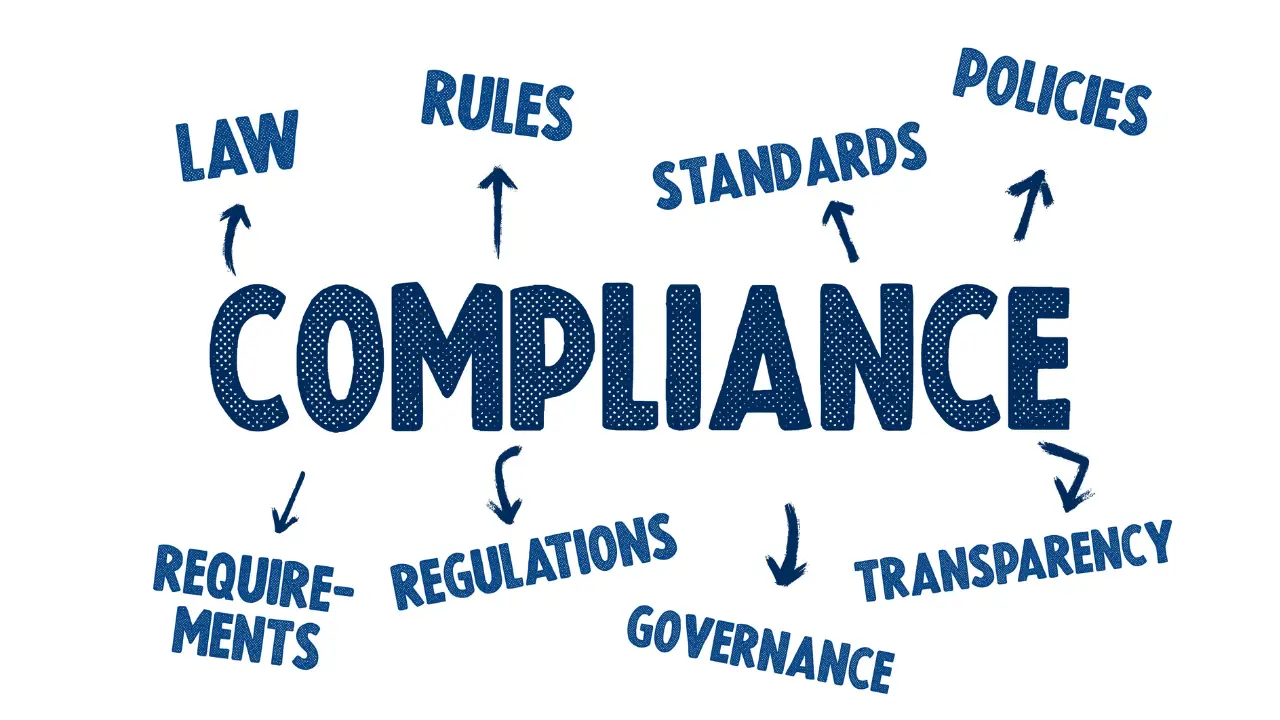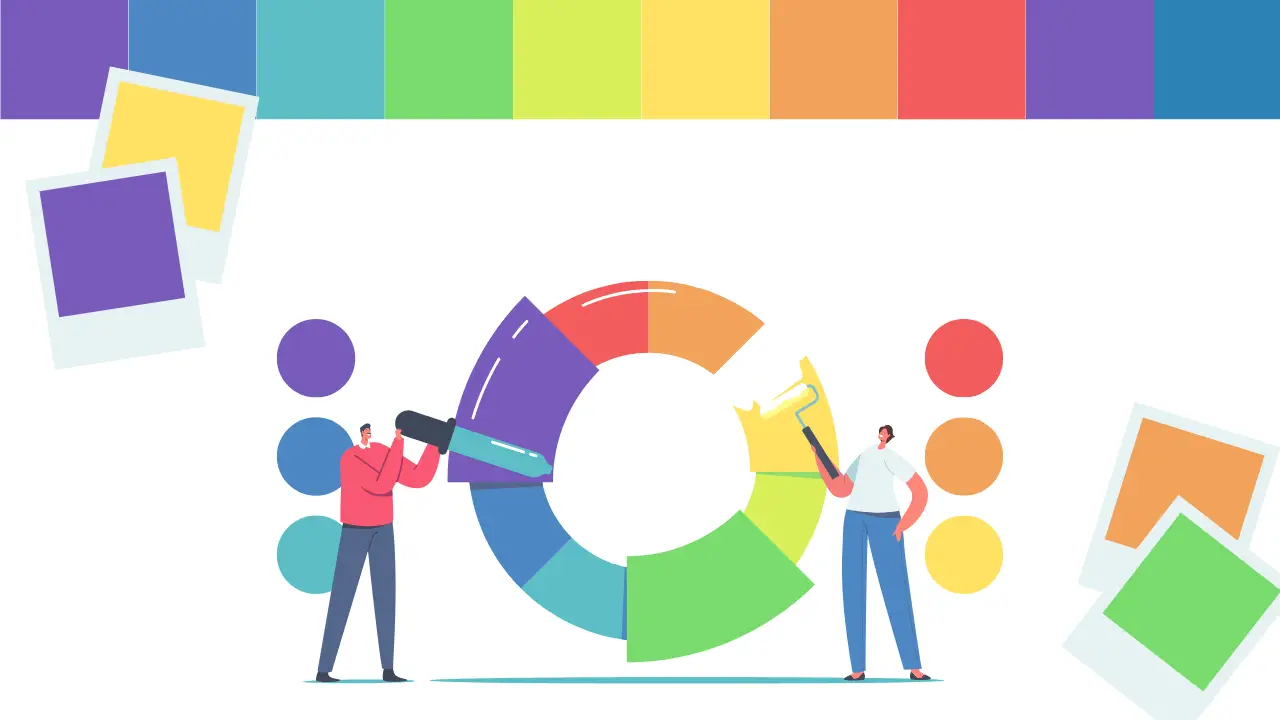Creating an inclusive online experience is more important than ever. Ensuring your website is accessible to everyone, including individuals with disabilities, not only enhances user satisfaction but also expands your reach and ensures legal compliance. The Web Content Accessibility Guidelines (WCAG) provide a clear path to making web content more accessible. Here’s how adhering to WCAG can benefit your website and practical steps to get started.
What is WCAG?
The Web Content Accessibility Guidelines (WCAG) are a set of guidelines developed by the World Wide Web Consortium (W3C) aimed at making web content more accessible to people with disabilities. WCAG is organized into three levels of compliance:
- Level A: The minimum level of accessibility.
- Level AA: Addresses the biggest and most common barriers for disabled users.
- Level AAA: The highest and most comprehensive level of web accessibility.
Why WCAG Compliance is Important
Enhanced User Experience
Making your website accessible improves the overall user experience for everyone. Features designed for accessibility, such as better color contrast, larger fonts, and intuitive navigation, benefit all users, not just those with disabilities.
Increased Audience Reach
By complying with WCAG, you open your website to a larger audience, including millions of people with disabilities. This inclusivity can help you reach potential customers who might have otherwise been excluded.
Legal Compliance
Many countries have laws mandating web accessibility. For example, the Americans with Disabilities Act (ADA) in the United States and the Equality Act in the UK require websites to be accessible. WCAG compliance can help you avoid legal issues and potential lawsuits.
Improved SEO
Accessible websites tend to have better search engine optimization (SEO). Features such as alt text for images, descriptive link texts, and proper heading structures can improve your website’s visibility on search engines.
Steps to Achieve WCAG Compliance
Conduct an Accessibility Audit
Start by evaluating your current website’s accessibility. Use tools like WAVE, Axe, or Google’s Lighthouse to identify areas that need improvement.
Provide Text Alternatives
Ensure that all non-text content, such as images, videos, and audio files, have text alternatives. This can include alt text for images, transcripts for audio, and captions for videos.
Make Your Website Navigable
Ensure that your website is fully navigable using a keyboard. This helps users who cannot use a mouse to access all content and functionality.
Ensure Readable Text
Make sure your website’s text is readable and understandable. Use clear and simple language, proper headings, and sufficient color contrast between text and background.
Design for Different Devices
Ensure your website is responsive and accessible on all devices, including smartphones and tablets. Test your website on different devices to ensure compatibility.
Provide Clear Instructions
Ensure that all interactive elements, such as forms and buttons, have clear and concise instructions. Provide error messages that help users understand what went wrong and how to fix it.
Key WCAG Features to Implement
| Feature | Description |
|---|---|
| Alt Text | Text alternatives for images. |
| Keyboard Navigation | Full functionality via keyboard. |
| Text Transcripts | Transcripts for audio content. |
| Captions | Captions for video content. |
| Readable Fonts | Clear and legible fonts. |
| Color Contrast | Sufficient contrast between text and background. |
| Responsive Design | Accessible on various devices. |
| Error Identification | Clear instructions and error messages for forms and inputs. |
Conclusion
Boosting your website’s accessibility with WCAG compliance is essential for creating an inclusive, user-friendly, and legally compliant online presence. By following the WCAG guidelines, you can enhance user experience, reach a broader audience, improve SEO, and ensure your website meets legal requirements. Start by conducting an accessibility audit, implementing key WCAG features, and continuously testing your website to maintain compliance. Making your website accessible is not just a legal obligation but a step towards a more inclusive internet for everyone.




